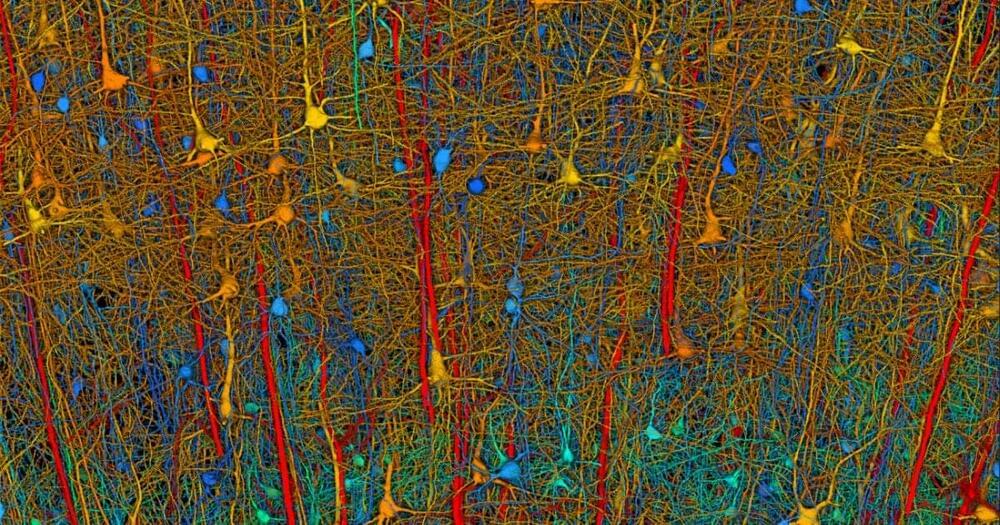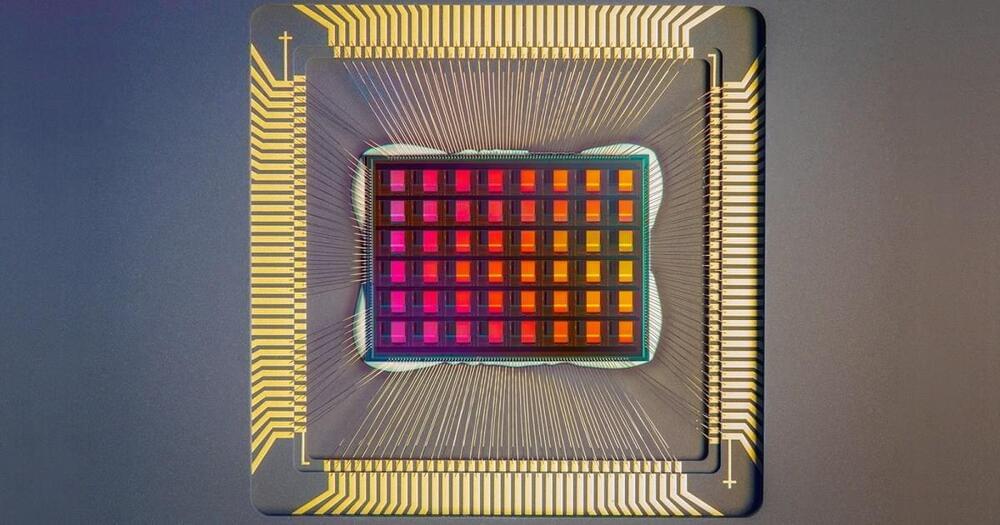And that is just health care. In 1940, there were 42 workers per beneficiary of Social Security. Today, there are only 2.8 workers per beneficiary, and that number is getting smaller. We are going broke, and the young men who will play a huge role in determining our nation’s future are going there with AI girlfriends in their pockets.
While the concept of an AI girlfriend may seem like a joke, it really isn’t that funny. It is enabling a generation of lonely men to stay lonely and childless, which will have devastating effects on the U.S. economy in less than a decade.







